Kukkiwon (Centro Internacional de Taekwondo) (국기원(세계태권도본부))
10.1 Km 3140 2021-04-22
Teheran-ro 7-gil 32, Gangnam-gu, Seúl
El Centro Internacional de Taekwondo Kukkiwon, localizado en Yeoksam-dong, Gangnam-gu, Seúl, fue fundado en 1972. Al año siguiente se llevó a cabo el primer Mundial de Taekwondo, entre el 25 y el 27 de mayo en 1973. El 28 de mayo de ese año, fue establecida la Federación Mundial de Taekwondo. La promoción y las concesiones fueron repartidas en el 5 de febrero del año 1980, y el 10 de julio del mismo año, el sistema del entrenamiento de la dirección entró en efecto. El área mide 13.025 m². El edificio alberga la Academia de Taekwondo y la sede de la Federación Mundial de Taekwondo, incluyendo varias instalaciones tales como un estadio capaz de acomodar a 3.000 personas, salas de clase, oficinas, cafeterías, cuartos de ducha y cuartos de preparación.
Jokbal Yasijang Sinnonhyeon(족발야시장 신논현)
10.2 Km 118 2020-12-31
3 Bongeunsa-ro 2-gil Gangnam-gu Seoul
+82-507-1320-4969
This store is famous for its taste and is a good place for business people's group dining or group gatherings. This Korean dishes restaurant is located in Gangnam-gu, Seoul. The representative menu is braised pigs' feet.
GULJAK TOPOKKI CHICKEN(걸작떡볶이치킨 서울신풍역)
10.2 Km 37 2020-12-07
77 Sinpung-ro Yeongdeungpo-gu Seoul
+82-2-833-6636
You can enjoy Tteokbokki, Korea's representative street food. This Others restaurant is located in Yeongdeungpo-gu, Seoul. The most famous menu is stir-fried rice cake.
Sininaerin Maeun Tteokbokki - Noryangjin Branch (신이내린매운떡볶이 노량진)
10.2 Km 79 2021-03-29
3, Manyang-ro 14ga-gil, Dongjak-gu, Seoul
+82-2-2631-8484
It sells tteokbokki with various toppings. This restaurant's signature menu is stir-fried rice cake. This Korean dishes restaurant is located in Dongjak-gu, Seoul.
Daeseonggwan - Daebang-dong Branch (대성관 대방동)
10.2 Km 59 2021-03-27
204-1, Yeouidaebang-ro, Dongjak-gu, Seoul
+82-2-815-0567
With a variety of Chinese dishes, it has a large space ideal for groups. The best menu at this restaurant is stir-fried meatballs and vegetables. This Chinese (cuisine) restaurant is located in Dongjak-gu, Seoul.
Teolbone Someoriijip (털보네소머리집)
10.2 Km 57 2021-03-25
25-2, Dorimcheon-ro, 11-gil, Yeongdeungpo-gu, Seoul
+82-2-841-1138
It is a soup dish made by boiling beef bones for more than 10 hours. This Korean dishes restaurant is located in Yeongdeungpo-gu, Seoul. The most famous menu is beef head meat and rice soup.
Haerim Coffee Hopeu (해림커피호프)
10.2 Km 33 2021-03-25
25, Dorimcheon-ro, 11-gil, Yeongdeungpo-gu, Seoul
+82-2-831-3826
It is a place that sells not only coffee but also a variety of specialties. This restaurant's signature menu is fried chicken. This Korean dishes restaurant is located in Yeongdeungpo-gu, Seoul.
Jinmi Yangkkochi (진미양꼬치)
10.2 Km 51 2021-03-25
1, Dorimcheon-ro, 11-gil, Yeongdeungpo-gu, Seoul
+82-2-842-7758
You can enjoy lamb skewers and premium lamb ribs. This restaurant's signature menu is lamb skewers. This Korean dishes restaurant is located in Yeongdeungpo-gu, Seoul.
Bongseon Maratang (봉선마라탕)
10.2 Km 48 2021-03-25
11, Dorim-ro, 38-gil, Yeongdeungpo-gu, Seoul
+82-2-2637-4005
It is a spicy soup dish using Chinese spices. This Chinese (cuisine) restaurant is located in Yeongdeungpo-gu, Seoul. The most famous menu is mala soup.
Templo Surisa (수리사)
10.2 Km 3965 2021-06-08
Sokdal-ro 347-181, Gunpo-si, Gyeonggi-do.
Es un templo construido durante el reinado del rey Jinheung (siglo VI) de la dinastía Silla, ubicado hacia el sudoeste del monte Surisan. El templo también había recibido el nombre de “Bulgyeonsan” (“apariencia de Buda”, según el significado de los caracteres chinos), debido a que un miembro de la familia real había visto aparecer a Buda mientras rezaba en el templo. Antiguamente era un templo enorme que poseía 36 edificios anexos y 132 ermitas, pero fueron totalmente destruidos durante la invasión japonesa de 1592 y la Guerra de Corea, recién en el año 1955 fueron reconstruidos. El camino forestal de la entrada del templo presenta un paisaje natural hermoso compuesto por el bosque de árboles y el valle, y, la cadena montañosa de Surisan que rodea el templo, ofrece la imagen como de un biombo artístico.
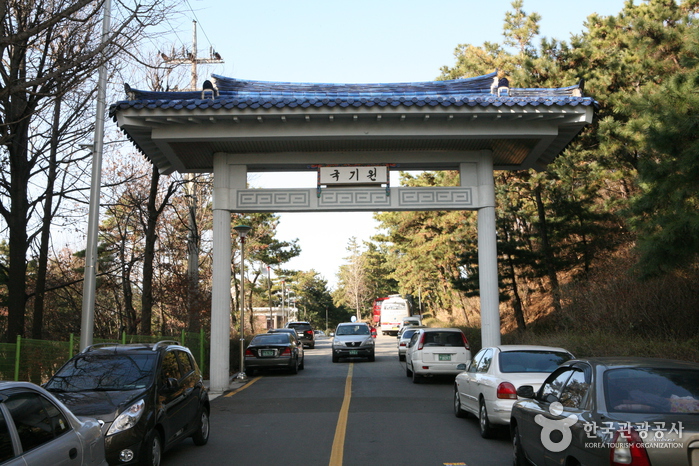
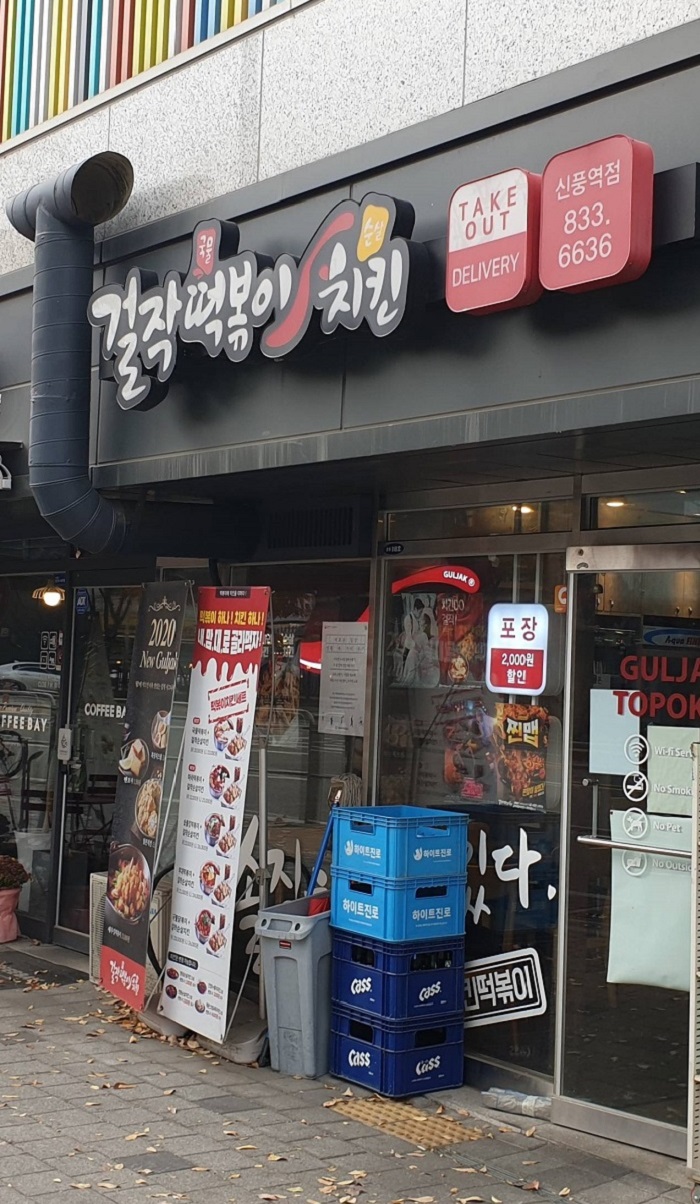
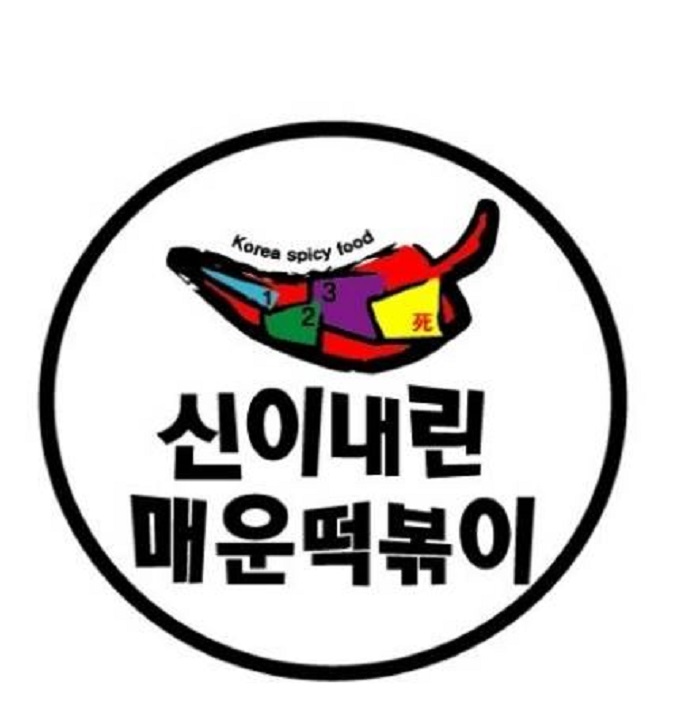
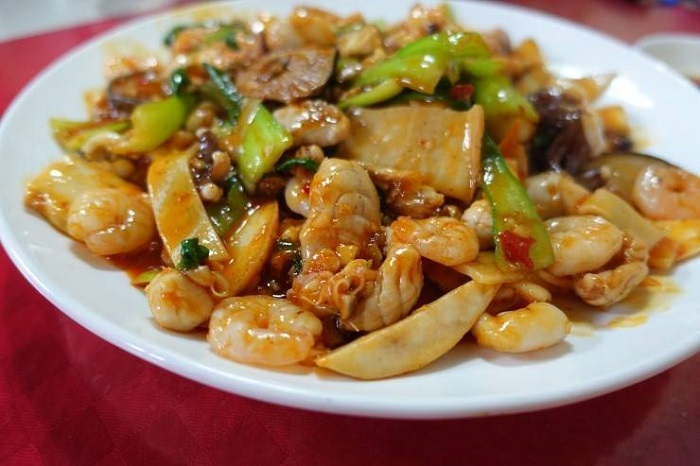
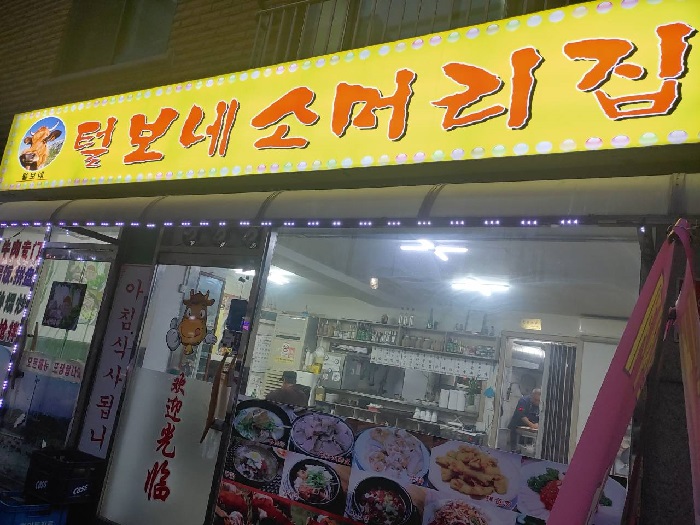
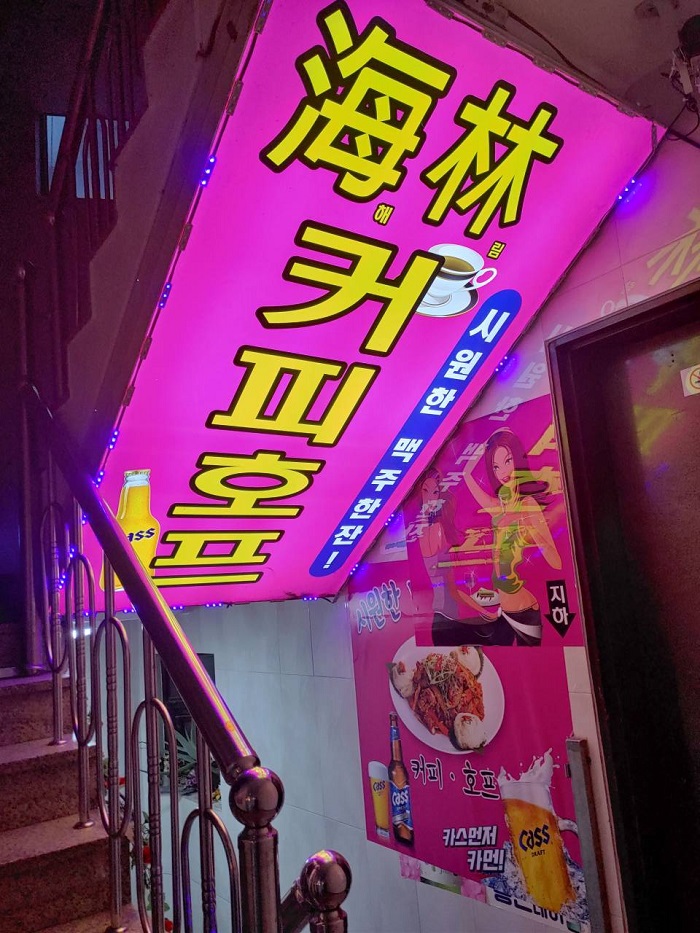
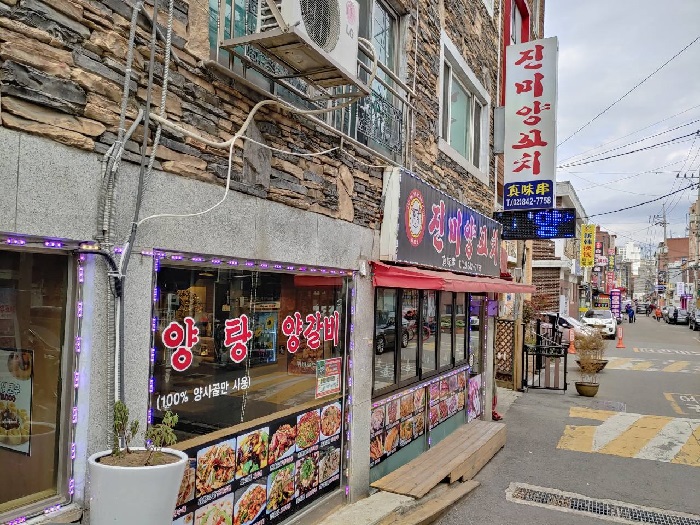
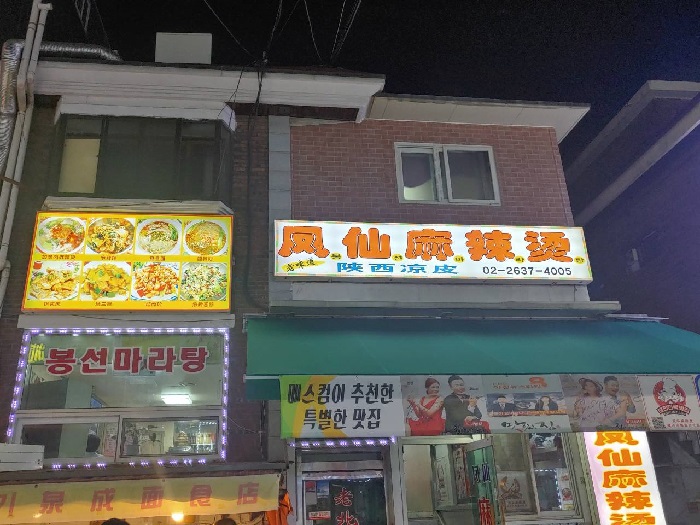
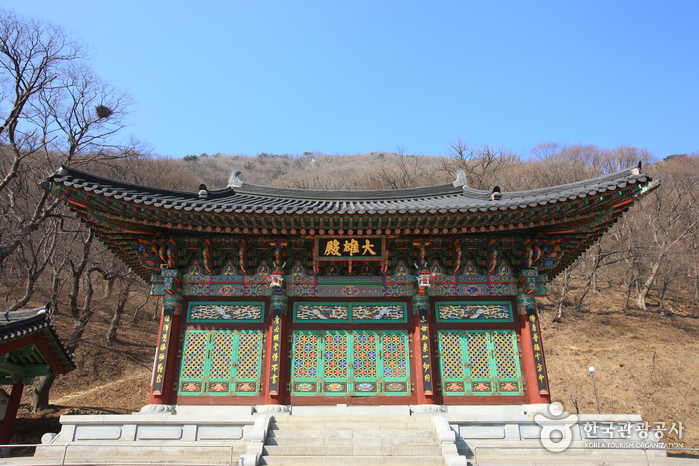
 Español
Español
 한국어
한국어 English
English 日本語
日本語 中文(简体)
中文(简体) Deutsch
Deutsch Français
Français Русский
Русский